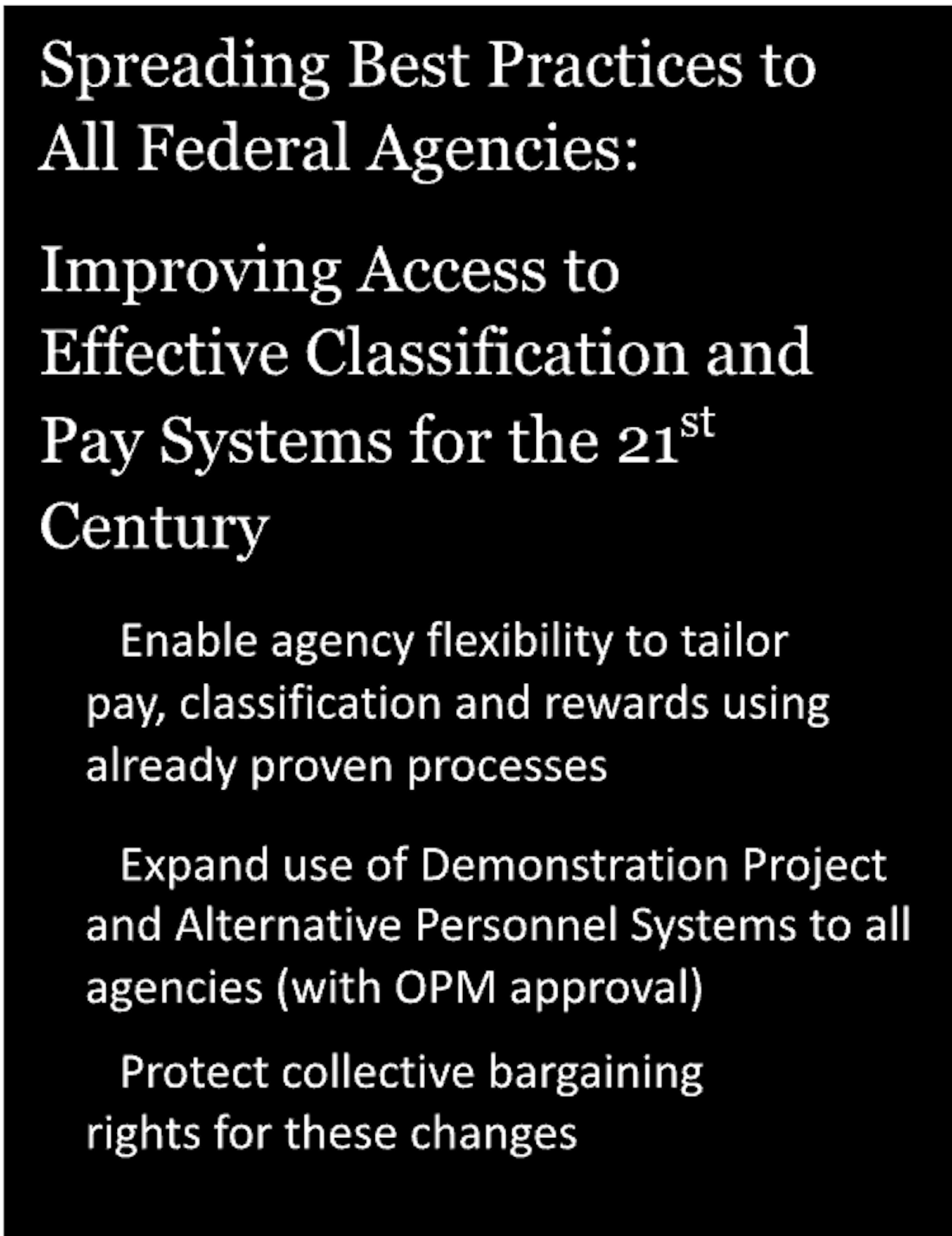
The General Schedule became law in 1948 to ensure the nationwide white-collar workforce benefited from equal pay across agencies. SurfUpVector/Getty Images
The General Schedule System Needs An Upgrade, Now
We shouldn’t use 70-year-old products to manage the 21st century workforce.
Editor’s note: This is the fourth in a five-part series from the National Academy of Public Administration looking at the challenges and urgency of modernizing the civil service. Find the Academy’s full essay on the federal pay system here.
You might have noticed that federal HR specialists use jargon that feels like “inside baseball” for the non-baseball fan. For example, you are probably familiar with the term “Position Description” and understand “General Schedule” grades, including “Within Grade Increases.” But like the deep analysis that goes into figuring what pitch to use on which batter, here are some things you might not have heard.

The General Schedule became law in 1948 to ensure the nationwide white-collar workforce benefited from equal pay across agencies. It was a great system -- for the 1950s, when more than half of federal employees were GS-5 and below.
As good as these processes were for the 1950s, we shouldn’t use 70-year-old products to manage the 21st century workforce. Quite simply, the GS system has not kept up with the rapidly changing nature of government’s 21st century mission. In fact, federal managers often complain that using the existing system is like trying to do their work while “wearing cement shoes.”
It’s not realistic now to do a full revamp of the GS system for classification and pay. But over the years, the federal government has experimented with different pay strategies. We propose that the strategies that have been proven to work in these experiments should be open to all federal agencies.
Experiments Have Proven the Effectiveness of Flexible Pay Systems
Most of these experiments (also called demonstration projects) approved by the Office of Personnel Management have tested pay systems with broad bands, instead of the narrow GS categories, and simplified classification systems, instead of the super-detailed descriptions that the GS system produces.
In 2007, OPM published a comprehensive review documenting the results of these experiments. That report is now 15 years old, but the results are important. It’s far past time to open up the findings to all federal agencies:
• Paying federal workers based on their performance can be successful, and it creates a stronger link to government’s mission than basing pay on how long employees have served.
• This system requires hard work, but it pays off by promoting a results-oriented performance culture.
• Under these alternative personnel systems, managers and supervisors manage performance more effectively.
• These systems make it easier to recruit, hire, and retain a high-quality workforce.
• The alternative personnel systems help control payroll costs, but it’s important to keep a close eye on these costs as the systems expand.
A 2020 review from the RAND Corporation reiterated these findings. Despite the success of these experiments, OPM has no means to allow more than an extremely limited use of what the experiments have found. Agencies that could benefit from these proven practices are locked out.
How to Expand These Proven Results
A working group of Fellows of the National Academy of Public Administration with government HR and management expertise recommends a fix for this challenge: Amend the Civil Service Reform Act of 1978 to permit agencies to adopt previously tested and proven approaches for pay and classification—as well as other human capital areas—where experiments have been objectively evaluated and have produced positive results.
The working group’s recommendation, if adopted, could help agencies improve their ability to achieve their missions: by simplifying pay and classification; by adapting more quickly to changing labor markets; by improving the recruitment and retention of critically needed workers; and by providing greater rewards and incentives to employees for exceptional work. This recommendation grants OPM the authority to review, approve and monitor agency implementation of these changes. That would ensure that the entire government can benefit from the lessons of these demonstration projects.
This recommendation allows agencies to meet the demands for “future of work” challenges using proven flexibilities, ensures oversight of proposed changes by OPM, and strengthens the link between employee pay and performance. This recommendation has great potential for improving government’s performance by building on the lessons that have already accumulated over the years.
A full discussion of this proposal is on the website of the National Academy of Public Administration. Find previous recommendations of the Academy working group published by GovExec on civil service reform, the merit system, and the veteran hiring process.
Doris Hausser, Debra Tomchek and Kimberly Walton are former federal human capital senior executives. All are Fellows of the National Academy of Public Administration, where they serve on the Standing Panel on the Public Service.






